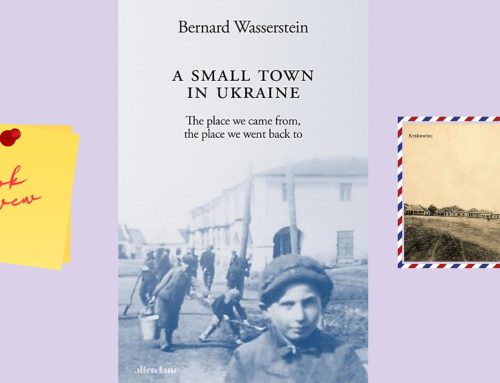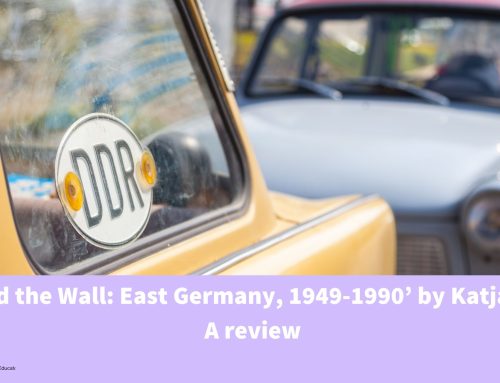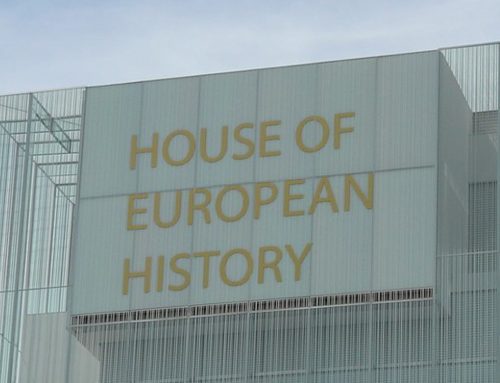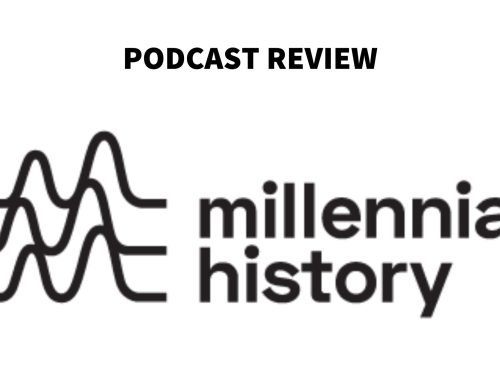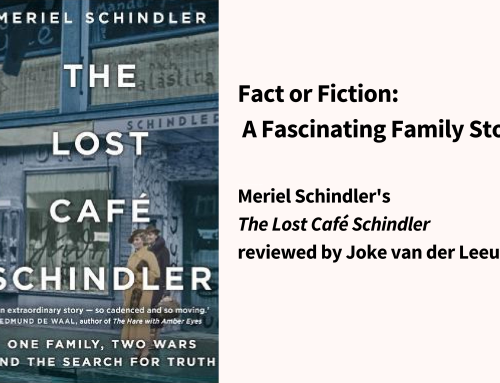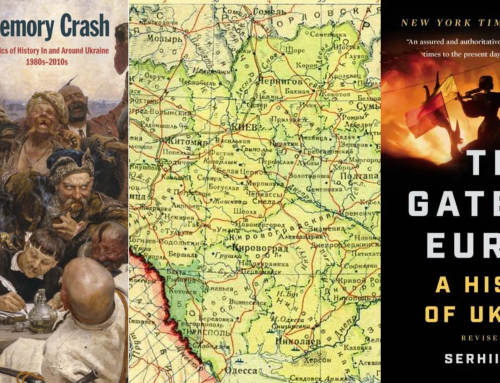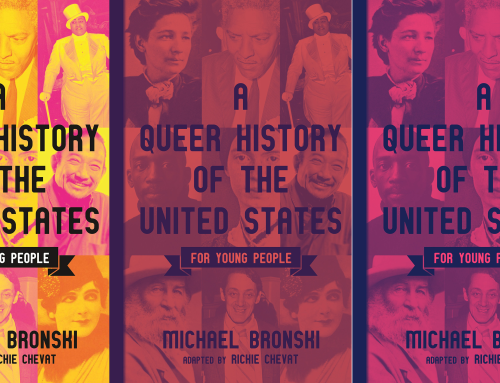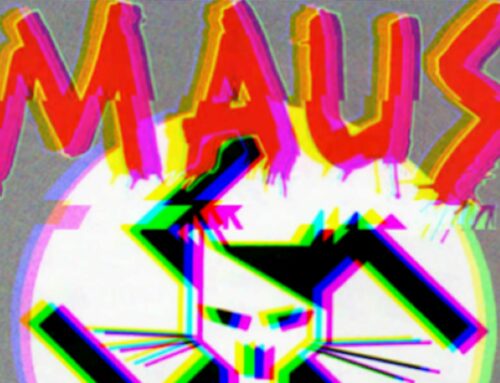Introduction
Lviv in Ukraine is one of the gems in Eastern Europe. I visited this town for the first time in 1997 and was immediately taken by its beauty, despite the often dilapidated status of many of its monuments. My colleagues introduced me into its complex history. The city has been part of many historical kingdoms, republics and empires: Poland, Austria-Hungary, Imperial Russia, West Ukrainian People’s Republic, Soviet Union, Nazi Germany and finally, since 1991 of independent Ukraine. The name of the city changed several over times too: Lvov, Lemberg and Lviv. The city was before World War II one of the most important centers for Polish, Ukrainian and Jewish culture. Many monuments testify of this rich history. After the Second World War the situation for totally changed: the Jewish population was decimated due to the Shoah and the Polish citizens fled or were deported. Lviv (at that time called Lvov) had become a Ukrainian speaking Soviet City.
In East West Street, On the Origins of Genocide and Crimes against Humanity, Philippe Sands, is able to combine the very serious topic of finding a legal concept for the atrocities committed by the Nazis with family stories, which all relate to the city of Lviv. A request for a lecture in Lviv triggered this publication, which addresses his Jewish family story and those of three key figures involved in the Nuremberg trials: Hans Frank, chief of the occupied “General Government” Polish territory, in that position responsible for the extermination of the Jewish population of Lviv. Hersch Lauterpacht, professor of international law and already an advocate of human rights in the 1920s and 1930s, who coined the term crimes against humanity. And finally Raphael Lemkin, a significant Polish prosecutor. He introduced the term genocide. The last two, both of Jewish decent, studied both at the law faculty of Lwów, the name of the city after the First World War. Both came from the same county around Lviv as Sands’s own maternal Buchholz family, where East West Street was the name of a street in Zolkiev, near Lviv, where both Sands grandfather as Lauterpacht had lived.
The Nuremberg war crimes trials were the beginning of the modern system of international justice. Many layers were involved in the trials, but the two academics from Lviv played a determining role. Lauterpacht had left Polish Lvov for Vienna in 1919 as it was impossible for him as a Jew to take the law exams in his hometown. He later travelled to England and did his PhD at the London School of Economics. His thesis laid out the basis his thinking that about international responsibilities for individuals against the power the state. A thinking that ultimately developed into the international law concept crimes against humanity, which was used during the Nuremberg trials. Hans Frank was during the Nuremberg Trials, found guilty, amongst others, based on this crime and has been afterwards executed. Raphael Lemkin stayed longer in Poland, working as a private layer and prosecutor in Warsaw. In 1939 he escaped Nazi occupied Poland and traveled through Lithuania to Sweden. In 1941 he went to the USA. During the Second World War he gathered a wide collection of Nazi documents as evidence for their planning of a total destruction of the (Jewish) people. Based on these documents he developed the international law concept of genocide, which was also, but more reluctantly, used during the Nuremberg trials.
In East West Street, On the Origins of Genocide and Crimes against Humanity, Philippe Sands combines his search into the lives and their thinking about international law with a search into the lives and whereabouts of his own family, which always had been held in silence. It is amazing how his quest leads to very detailed results.
Why should you read this book? Philippe Sands’ East West Street, On the Origins of Genocide and Crimes against Humanity combines big and small history, and makes the reading about the development of international law a page turner, also for those, who have no background in (international) law. The book uses a wide array of evidence and clever and creative research and almost reads as a detective, and to tell the stories of the different people in the book. It is intellectual and family history embedded in the biggest disaster of the Twentieth Century, the annihilation of the majority of Jewish citizens in Europe and the prosecution of its perpetrators afterwards.
How can history, citizenship and heritage education benefit?
Philippe Sands’ East West Street, On the Origins of Genocide and Crimes against Humanity makes the reader aware that current talks about international law and human rights are relative young fundamentals in our thinking about the relation between individuals and state law. It gives ample examples how the two concepts genocide and crimes against humanity were developed and the various lobby actions necessary to have them accepted in mainstream law. It supports readers’ thinking about the benefits and drawbacks for using these concepts, in society as well during. What are now considered the benchmarks of democracy, were not seen as such before World War II. Neither by the Nazis nor by countries with vast colonial territories. Really good materials to make students reflect upon.
In the book we are also made acquainted with Hans Frank’s son, Niklas, and with Horst, the son of Otto Von Wächter, governor of Galicia, the man who was personally in charge of the final solution in Lemberg, Lvov or Lviv. How to combine love for a father with the knowledge about his wrongdoings is a big question for both of them. The difference in their handling of their respective fathers past is an excellent model to make students think about the complexity of addressing a recent controversial and even brutal family past. This book is an absolute must read, and should figure on many Christmas wish lists of history educators
Title: East West Street, On the Origins of Genocide and Crimes against Humanity
Author: Philippe Sands
Publication year: 2016
Original language: English
Language read: English
Translations: French (Retour a Lemberg), Spanish (Calle Este Oeste), Italian (Strade Verso Est) and Ukrainian (East West Street, Old Lion). From 2018 it will be out also in German (Ruckfahr Nach Lemberg), Polish, Dutch, Swedish, Norwegian, Danish + about 10 more languages
No. of pages: 470
Genre: History


